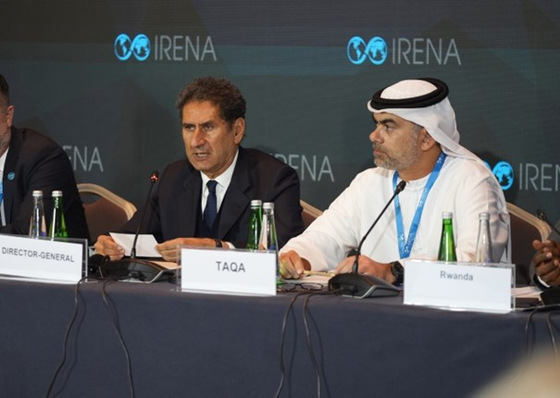The elevated investment outlook is attributed to falling costs and policy support from governments looking to shift towards low carbon economies. Operating capacity for splitting water into hydrogen and oxygen through electrolysis technology (also known as “Power-to-X”) currently stands at 82 MW with a pipeline of over 23 GW, according to the IHS Markit Power-to-X tracker.
This pipeline – including projects announced, planned and under construction - is up from less than 8 GW at the end of 2019 and 5 GW at the end of 2018. Electrolysis production is ramping up with multiple “giga-factories” under development.
Pipeline for green hydrogen capacity over 23 GW by 2030
“Investment in electrolysis is booming around the world. The pipeline through 2030 is for over 23 GW of capacity to be developed—more than 280 times current capacity. The increasing interest has been driven by falling electrolysis and renewable power costs and by increasing government focus on green hydrogen“, Catherine Robinson, Executive Director, Hydrogen and Renewable Gas, IHS Markit says.
Larger electrolysis projects for green hydrogen production
The growth in the electrolysis pipeline has been driven by falling costs and policy support. Green hydrogen production costs are down 40% since 2015 and are expected to fall by a further 40% through 2025. Reductions in the costs of renewable power account for two thirds of the reduction in the cost of green hydrogen seen since 2015 with one third due to reductions in the cost of the electrolysis equipment. Through 2025, the main driver of green hydrogen cost reductions is expected to be the development of larger electrolysis projects. By 2030, IHS Markit expect that green hydrogen costs could drop below $2/kg where it would compete with hydrogen produced from natural gas with carbon capture.
Political support strategies for green hydrogen
Targets and support framework being defined. Low-carbon hydrogen is a major component of many governments post-COVID recovery plans and their long-term climate strategies. 6 European countries, the European Commission, Russia and Chile have all released hydrogen strategies since May 2020. The strategies lay out production targets for low-carbon hydrogen and electrolysis and start to define the support that will be available to project developers.
Green hydrogen costs below $2/kg by 2030
“By 2030, IHS Markit expects that green hydrogen costs could drop below $2/kg. This cost is the Holy Grail for electrolysis as this is where green hydrogen starts becoming competitive with traditional hydrogen“, Soufien Taamallah, Director, Energy Technologies and Hydrogen, IHS Markit says.
Did you miss that? Pilot project: How solar hydrogen can reduce grid congestion
Development of green hydrogen on the scale demonstrated by the current pipeline will create a whole new sector of power demand. The current electrolysis pipeline implies that by the mid-2020s, electricity supplied to electrolysers globally could be on par with the total electricity consumption of Belgium or the US state of New Jersey.
Deployment of low-carbon power generation for green hydrogen accelerates
Modelling by IHS Markit shows that by the early-2040s, production of green hydrogen could be the single largest use of electricity exceeding industrial electricity use. To meet this demand, deployment of low-carbon power generation—particularly in regions with high quality renewable resources—will accelerate.
Read more: Combine solar with green hydrogen
“Hydrogen production has the potential to become a whole new sector of electricity demand. Large scale development of renewable generation will be required to support it—particularly in regions with high quality renewable resources“, Frederick Ritter, Senior Research Analyst, Global Gas, IHS Markit says. (hcn)







